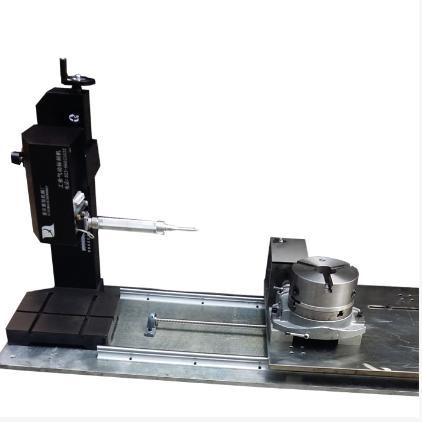When it comes to marking flanges and valves, the choice between pneumatic and laser marking can significantly impact the quality, durability, and overall efficiency of the process. Both methods offer unique advantages and disadvantages, which must be carefully considered to make the optimal decision.
Pneumatic Marking: A Traditional Approach
Pneumatic marking machines use compressed air to propel a marking tool, such as a needle or pin, onto the surface of the material. This method is relatively simple and cost-effective, making it a popular choice for many industries. However, pneumatic marking has several limitations:
Limited Marking Depth: Pneumatic marking is typically limited to shallow markings, which may not be sufficient for certain applications.
Lower Precision: The accuracy of pneumatic marking can be affected by factors such as air pressure and tool wear.
Noise and Vibration: Pneumatic machines can generate significant noise and vibration, which can be disruptive to the work environment.
Laser Marking: A Modern Solution
Laser marking utilizes a high-powered laser beam to etch or engrave the desired markings onto the surface of the material. This technology offers several advantages over pneumatic marking:
High Precision: Laser marking provides exceptional precision and detail, making it ideal for intricate markings.
Permanent Markings: Laser markings are highly durable and resistant to wear, corrosion, and chemicals.
Versatility: Laser marking can be used on a wide range of materials, including metals, plastics, and ceramics.
Clean and Quiet: Laser marking is a clean and quiet process, reducing environmental impact and improving working conditions.
Traceability: Laser marking can be used to create unique codes and barcodes for product traceability.
Choosing the Right Method
The best choice between pneumatic and laser marking depends on several factors:
Marking Depth: If deep markings are required, laser marking is the preferred option.
Marking Precision: For high-precision markings, laser marking is the clear choice.
Material Type: Laser marking can be used on a wider range of materials than pneumatic marking.
Production Volume: For high-volume production, laser marking can be more efficient.
Budget: Pneumatic marking is generally more cost-effective than laser marking, especially for low-volume applications.
By carefully considering these factors, you can select the most suitable marking method for your specific needs. In many cases, laser marking offers superior performance and long-term benefits, making it the preferred choice for marking flanges and valves.









Share this page with your family and friends.